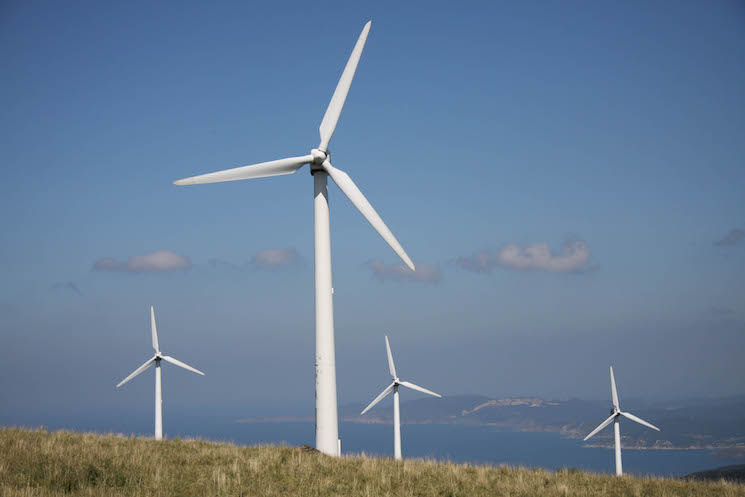By MICK SAGRILLO March 11, 2013

Veterans in the small wind industry almost all learned by trial and error, sticking fingers into the candle flame to test for heat, so to speak. There were no training courses or manuals from which to learn what to do and not to do, so we learned on the fly. Common sense and experience were our instructors, and for the most part, we were served well by these tools.
Today’s small wind industry environment is a different animal. While many do-it-yourselfers still go into the small wind business, today we have technical colleges and factory-trained “graduates” seeking employment. Unfortunately, most of these trainings do not involve time with actual hardware or installations. Combine current training shortfalls with a litigious society and we are seeing an increasing emphasis by small wind installers on all things safety.
The small wind industry has responded by developing its own best practices. For example, in 2011, a group of small wind installers created “Best Practices in Tower Climbing Safety.” Version four, vetted by a variety of small wind interests, can be downloaded from the Small Wind Conference website.
A number of work procedures employed by small wind installers pose hazards and need thoughtful consideration before work
commences. These include —
- Electrical work atop a tower and lock out/tag out;
- Working with cranes;
- Dropping things from the tower;
- Movement of a wind turbine or parts while on the tower;
- Rigging, pulleys and gin poles for hoisting/lowering equipment on a tower;
- Safety-harness tie offs on the tower and wind turbine;
- Working around oils and hydraulics;
- Weather, exposure and worker fatigue;
- Communication between the ground crew and tower-top workers; and
- Tilt-up towers.
Some of these procedures are ripe for the creation of best practices, to be formalized for use by installers.
Lock out/tag out (LOTO) practices: This is a procedure for assuring that wind equipment is electrically “dead” before technicians begin work. The utility wind industry has adopted a LOTO procedure that pretty much follows other industrial work practices. While most LOTO procedures work well for their respective industries, there are some special issues facing small wind installers, since often an installer needs to power up equipment or wiring while still on the tower.
Working with cranes: While many crane operators have installed telecommunication towers, installing a tower for a wind turbine is a very different procedure. The small wind crew and crane operator must sit down together and review a thorough checklist and walk-through procedure so that everyone knows what will happen, how it will happen and what to do if things don’t go as planned (which happens all too frequently). This will go a long way toward assuring a safe installation.
Tilt-up towers: Tilt-up towers (TUTs) were created for two reasons: to keep people off of towers with their associated fall hazards and to increase the number of possible installations — not everybody relishes climbing and working at heights. TUTs have been “sold” as much safer than fixed towers that require climbing. After all, with a TUT, all work is done on the ground. What could be safer? However, unlike installing a freestanding or guyed tower once, a TUT needs to be lowered and raised every time the wind turbine requires inspection, maintenance or repair. The tilting operation involves numerous dynamic interactions. In addition, tilting is a very slow process, and if the technicians’ attention wanders, the result can be catastrophic — 32 feet per second happens remarkably fast. This is another area ripe for a best practices document.
We’ll discuss these opportunities, and many more safety-related issues, at the Small Wind Conference, June 18–19, with best practices working groups and extended workshops scheduled for June 20. As usual, the conference will be held in Stevens Point, Wisconsin, just before the Midwest Renewable Energy Association’s annual Energy Fair. To register for the Small Wind Conference and all its festivities, go to smallwindconference.com.
Get involved — the small wind industry welcomes your participation in its continuing success.
Mick Sagrillo teaches and consults about wind power, and has powered his home with wind power since 1982.





